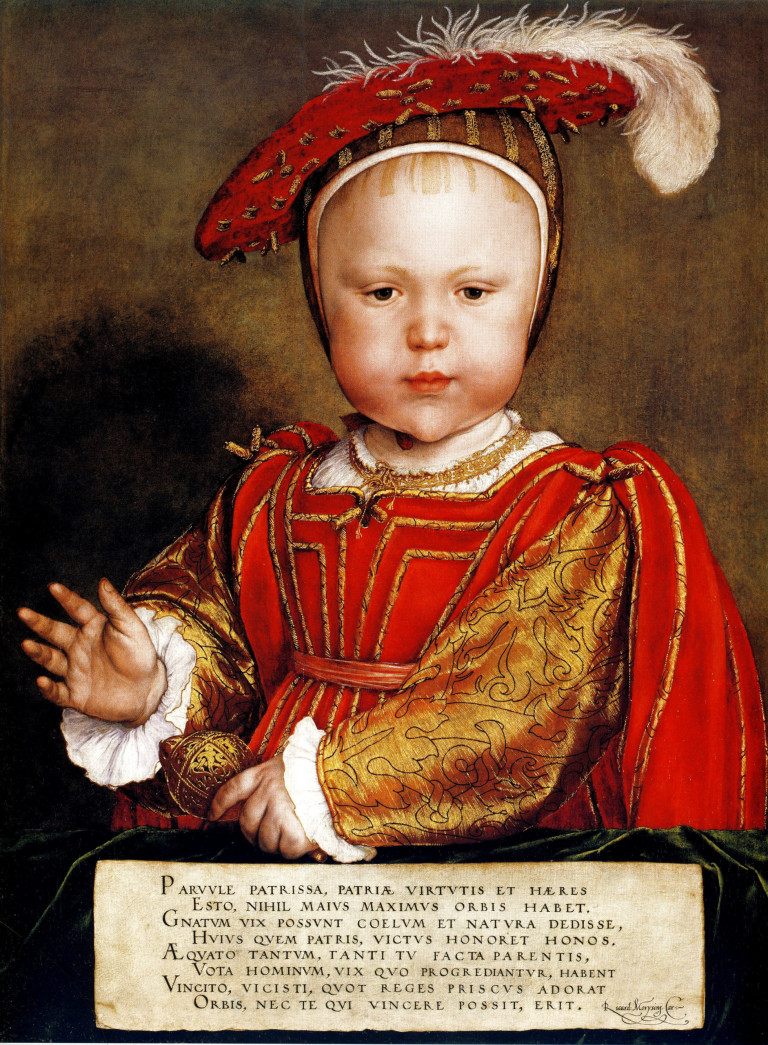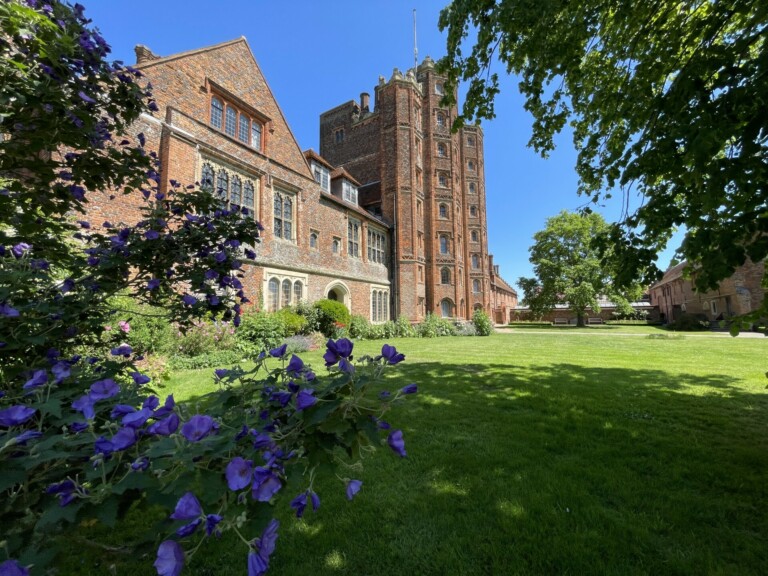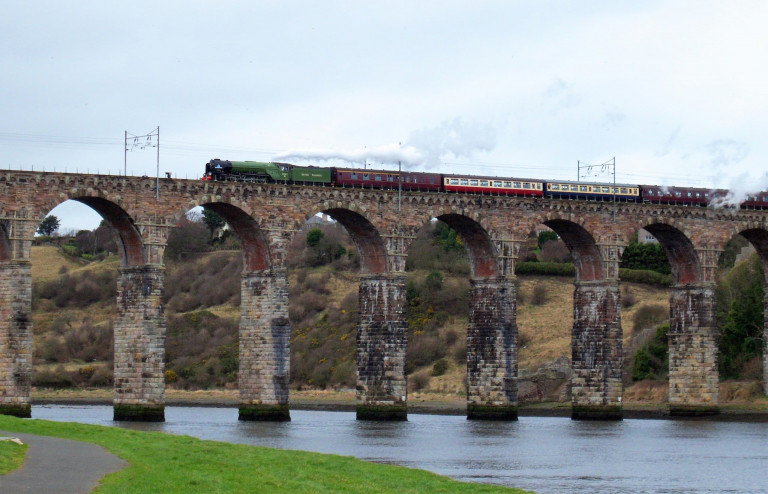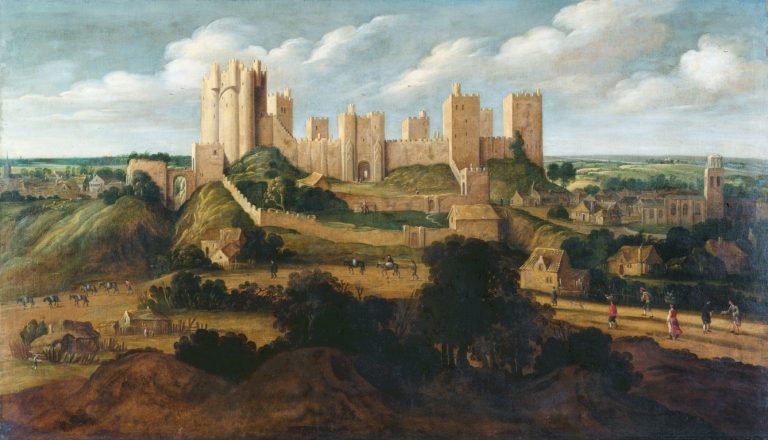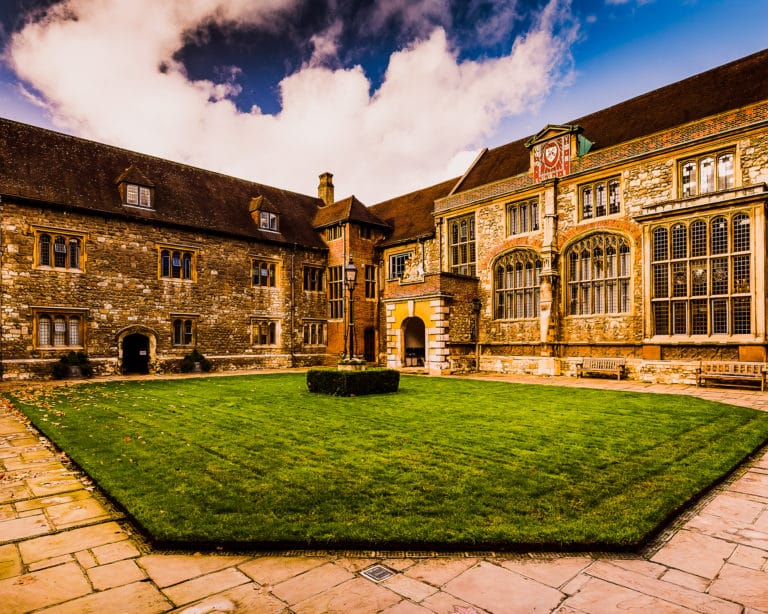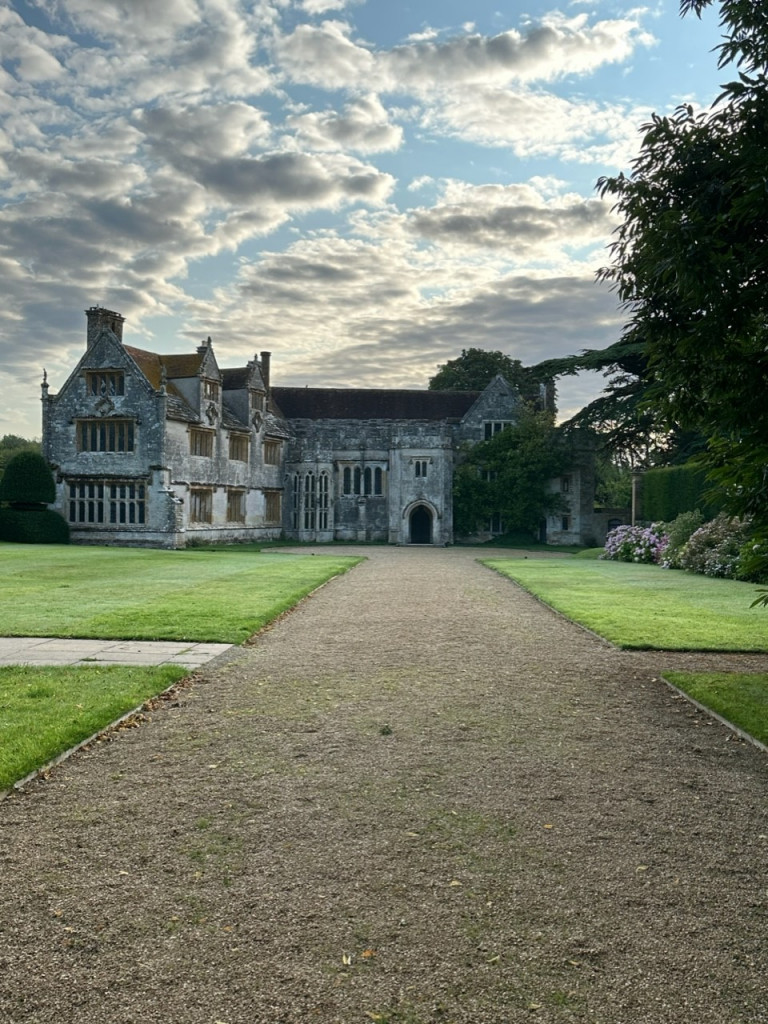Canonbury Place: Thomas Cromwell’s Rural Retreat
Before we leave London, we have one further residence to explore, and it’s likely not one you have heard of before: Canonbury Place, located in Islington, North London. The manor is steeped in a rich history that stretches back to the Anglo-Saxon period. However, it is particularly interesting to Tudor history lovers because of its connection with Thomas Cromwell, who owned the property between 1529 and his death in 1540.
According to Author Peter Dawkins, who has written a detailed piece about the history of Canonbury, we know that when Cromwell owned the house, the manor was set amidst ‘beautiful gardens and grounds, surrounded by fertile fields and attractive countryside’. The manor encompassed 184 acres, with the house situated on the highest part of a hill, giving extensive views south over London with a clear view of the gothic St Paul’s Cathedral.
The Early History of Canonbury Place
Dawkins’s account of Canonbury tells us that the first mention of the manor of Canonbury comes in the Domesday book of 1087, when it was held by ‘Derman of London’. Previously, it had been owned by a Saxon called ‘Algar’, a ‘servant’ of King Edward the Confessor’. After the conquest of England in 1066, the lands upon which the current remnants of the Tudor house stand passed into Norman ownership. Initially, Canonbury belonged to Geoffrey de Mandeville. However, after his death it became part of the ‘vast’ de Berners estates.
Then, on 15 June 1253, during the reign of Henry III, Ralph de Berners gave the ‘lands, rents and their appurtenances in Iseldone’ [Islington] to the Augustinian Priory of St Bartholomew in Smithfield. An additional 106 acres of arable and meadow land was added to the estate in 1334 by Henry le Hayward and Roger de Creton; they granted the land to the Priory in exchange for prayers for the soul of John de Kentyshton. Henceforth, it became a rural retreat for the canons of St Bartholomew; hence the manor’s name, ‘Canon’ and ‘bury’, meaning ‘mansion’ or ‘dwelling place’.

Islington Local History Centre and Museum
According to A History of the Country of Middlesex, the manor consisted of ‘a demesne, one free tenant, 18 customary holdings, and a mill’, with the site being further developed in 1362 when the medieval manor house was constructed. While what remains of Canonbury Place today is engulfed in the sprawling suburbia of North London, during the medieval and Tudor periods, and even in the eighteen century, before industrialisation, Canonbury Place sat in open countryside about three miles north of St Bartholomew’s Priory. Its extensive gardens and orchards would become cherished by the priory’s canons as a summer residence away from the bustle and filth of the city. These ‘men of the cloth’ no doubt enjoyed the luxury the manor house provided, including piped running water and breathtaking views from the top of Canonbury’s famous tower, which we will come to shortly.
Prior Bolton (1509-1532), whose eponymous window can still be seen at St Bartholomew’s Church, invested heavily in upgrading the medieval house. According to the sixteenth-century antiquarian John Stow, Bolton ’builded of new the manor of Canonbury’ at the beginning of the sixteenth century. Perhaps these home improvements made Canonbury Place an attractive proposition to Cromwell, who became a lessee of Canonbury as early as 1529. He was granted in fee [see Glossary] Canonbury Manor and probably a second nearby manor called ‘Cutlers’. At the Dissolution of St Bartholomew’s in 1539, the Lord Privy Seal was also given the adjoining manor of Highbury, thus making him a substantial land-owner in the area.
Did Thomas Cromwell Spend Time at Canonbury?
The question is an excellent question, whose answer always intrigues me. Thanks to the work of American historian Roger Bigelow Merriman in the nineteenth century, we have a list of Cromwell’s whereabouts, spanning the years 1523-1540. Although this is not a complete itinerary, it captures what we know of Cromwell’s movements from his letters and papers. In many instances, Thomas signs his letters from ‘London’. Indeed, these entries are the most prolific and perhaps relate to his Austin Friars home in the City. However, three entries are recorded for ‘My House at Canbery’. All relate to 1534: 4 June, the 6 and 22 September.
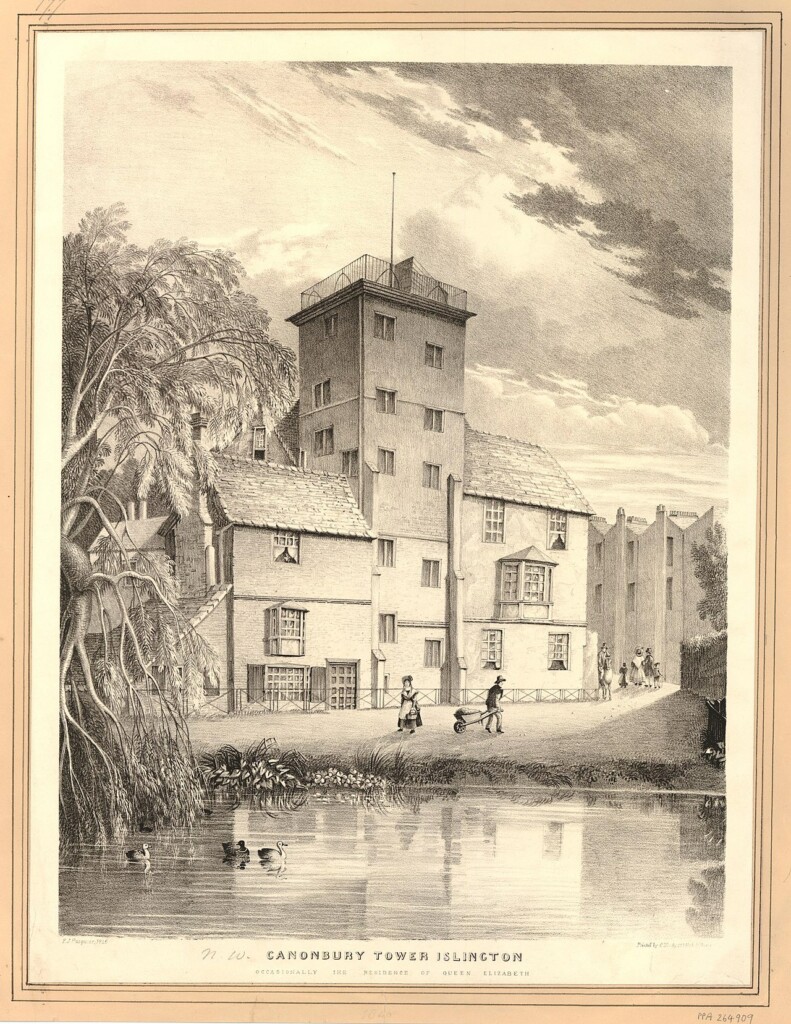
While he may well have stayed here on more than these three occasions, these letters confirm his presence at the manor. Sadly, there is little in these three letters to excite the reader; their contents speak of the everyday business of the King, whose orders Cromwell enacts. Two of them are summons for the recipients to present themselves to Cromwell at the earliest opportunity, and the third relates to goods being ‘dayly conveyd ouit of this realme into the partyes of beyond the sees contrary to the statutes and provisions’. For completeness, the three relevant letters are included at the end of this blog.
However, for context, we might remember that this was the summer when Anne Boleyn may well have suffered a stillbirth at Hampton Court Palace late into a second pregnancy, an episode which is scant mentioned by her contemporaries. However, it resulted in the Queen being abandoned at Hampton Court. At the same time, Henry called an emergency meeting at The More in Hertfordshire, summoning the Duke of Norfolk and Thomas Cromwell to his presence. The planned trip to Calais to meet with the French King was cancelled shortly thereafter. It would have been a dramatic turn of events that undoubtedly occupied Cromwell greatly.
The Appearance of Canonbury House
In the History and Topography of the Parish of St Mary, Islington, in the County of Middlesex, written by Samuel Lewis in 1842, Canonbury is referred to as being of ‘considerable extent covering nearly the whole site of ground covered by Canonbury Place, and having a small park with garden-grounds and domestic offices.’ However, as the house Cromwell knew was essentially rebuilt by John Spence in 1599, virtually none of the original manor house is thought to be left in situ, although various elements seem to have been reused and recycled to decorate the interior of the later house.
This makes it difficult to predict with certainty the layout of the rooms once used by the Lord Privy Seal. However, given what we know about the arrangement of early Tudor houses, I would guess that there was once a Great Hall occupying the south range, with the kitchens and services offices in either east or west ranges, and with the privy lodgings in the other. An Inventory of the Historical Monuments in London, Volume 2, written in 1925, agrees with me; however, we have no definitive proof that this is indeed the case.
Yet one feature peculiar to Canonbury Place has garnered the most attention from antiquarians. This is probably because the feature still stands today. It is an old brick tower, almost certainly built by Prior Bolton early in the sixteenth century.
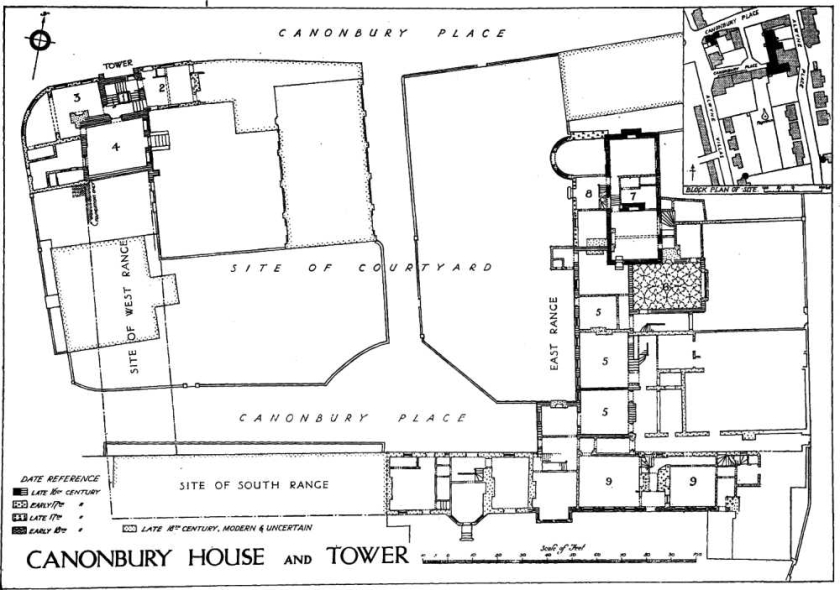
The tower stood in the north-west corner of the original courtyard and is believed to have been separate from the main house. The attribution to Prior Bolton lies in his rebus (a bolt passing through a barrel of ‘tun’), which is still evident in one of the walls of the Tower.
The tower is 17 ft square and extends over 60 ft high. In the early 1800s, the ground floor was noted to contain a hall and a kitchen, as well as an ‘excellent’ oak staircase which extended through all storeys, giving access to 23 apartments, each with ‘convenient closets on the landing spaces’. The principal apartments were on the first and second floors and are noted to contain fine oak panelling dated to the late sixteenth century and the ownership of John Spencer. (Note: in 1925, An Inventory of the Historical Monuments in London, Volume 2, states that the tower contains only a staircase and extends only over four floors – confusing! Now, I want to see it for myself.)
Anyway, Samuel Lewis goes on to say that the views from the top of the tower are some ‘of the finest panoramic views to be found near the metropolis, embracing the adjacent parishes, the city of London and the hills of Hampstead and Highgate with the surrounding country for several miles.’ One can imagine Cromwell climbing the tower to enjoy those views.
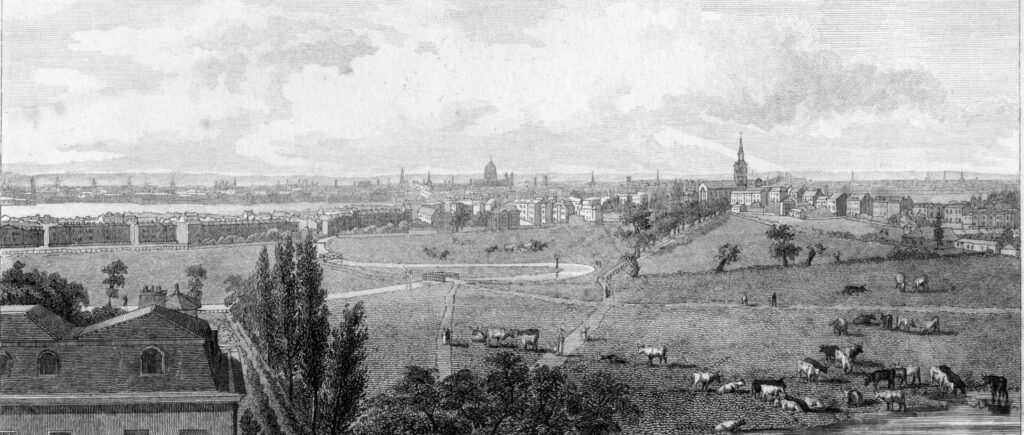
While we cannot be sure how often Thomas Cromwell visited Canonbury, we can imagine that, like the canons before him, the King’s first minister used Canonbury Place primarily as a suburban retreat from the bustling political life of London. At the same time, the letters penned while in residence there shed light on the perpetual business of governing the Kingdom that followed Thomas Cromwell wherever he chose to lay his head at night.
The fact that so many of Cromwell’s properties are completely lost makes this one intriguing. Even to have a fragment of the house Cromwell owned still standing makes Canonbury Place one of only two of his properties that we might see a fragment of the original building with our own eyes – and the only one I have come across so far that was actually lived in by the man himself.
Cromwell’s Letters from Canonbury
4 June 1534:
Mr. Sapcottes I commende me vnto you. And For as moche as ye were executour and admynistratour of the goodes of Edwarde Watson decessed who was in daungier to the kinges highnes, I shall therefore aduertise and require you that vppon the sight of these my letteres for that matier with other thinges that I haue to sey vnto you ye do put your self in a redynes to repayre vnto me with all conuenient celeryte. And at your commyng ye shall knowe Ferther of the kinges pleasure. So Fare ye well From my house at Canbery the iiiith day of June
Your freend
Thomas Crumwell.
6 September 1534:
I comend me vnto you And these shalbe to aduertise you that the kinges pleasure is that ye ymmediately vppon the sight of these my letteres shall repayre hither to answer vnto suche thinges as then shalbe leyed and obiected to you on the king our saide souereigne lordes behalf. Fayle ye not thus to do as ye will avoyde ferther perill and inconuenyence.
So Fare ye well From my house at Canbery the vith day of Septembre.
Thomas Crumwell.
22 September 1534
In my right herty maner I commende me vnto your good Lordshippes. So it is that the Kinges Highenes is certaynly informyd that dyuers and many thinges arne dayly conveyd ouit of this realme into the partyes of beyond the sees contrary to the statutes and provisions in suche casse ordeinyd and provided. and for as muche as the serchours in the towne and Marchys of Calais arne remysse and negligent in thexamynacion of their offices his highenes therfor well considering the same, and also perceyving that his trusty servauntes Nicholas Caldwall and John Gowghe byn men of good circumspiccion meate to make serche and fynde owt the same, hathe ordenyd and constitutyd them Joyntly and severallie to be attendant and vigilant abouit the serching of the same within the saide toune and marchys and the havon Longing to the same for this tyme. Wherfor aduertesing your Lordshippes of the kinges plesur therin I requyre you in the kinges behalff to assist and ayde the same Nicholas & John and eyther of them in execucyon of this the kinges plesur and commaundement as often and as the casse shall requyre as the kinges trust is in you. and thus the blyssed trinitie preserue your good Lordshippes at Candbery the xxi of Septembre.
Thomas Cromwell.
The superscripcion. To the right honourable and my Veray good Lordes my Lord Lyssle depute of Calas and my Lorde Edmonde Howard Comptroller ther and to eyther of them be this yeven
Endd. Copia of Mr. Cromwelles Lettere for the serche to John Gowghe and N. caldewall 22 Septembre. 1534.
Glossary:
Canon: a member of the chapter of (for the most part) priests, headed by a dean, which is responsible for administering a cathedral or certain other churches that are styled collegiate churches
Demense: a piece of land attached to a manor and retained by the owner for their own use.
Granted in fee: is an archaic legal term that refers to an estate in land that is inherited or owned by someone who has the absolute right to dispose of the land
Messuage is a term from property law, primarily used in historical contexts or legal documents, referring to a dwelling house together with its associated buildings, land, and rights. It typically includes not only the house itself but also any outbuildings, gardens, orchards, courtyards, or other land directly associated with the property. The term is often encountered in historical records, such as deeds, wills, or leases, particularly in the medieval and early modern periods. It reflects the broader concept of a residential unit as a functioning entity rather than just a standalone building.
Sources:
Canonbury Place and Tower, by Peter Dawkins
Profit and Purpose in the Development of Thomas Cromwell’s Landed Estates, by Mary L. Robertson Journal of British Studies 29 (October 1990): 317-346.
Life and Letters of Thomas Cromwell by Merriman, Roger Bigelow, 1902
An Inventory of the Historical Monuments in London, Volume 2, West London. Originally published by His Majesty’s Stationery Office, London, 1925.
A History of the County of Middlesex: Volume 8, Islington and Stoke Newington Parishes. Originally published by Victoria County History, London, 1985.
An historical account of Canonbury Tower by Henry Fincham. 1908.The History and Topogrpahy of the Parish of St Mary in the County of Middlesex, by Samuel Lewis. London. 1842.

